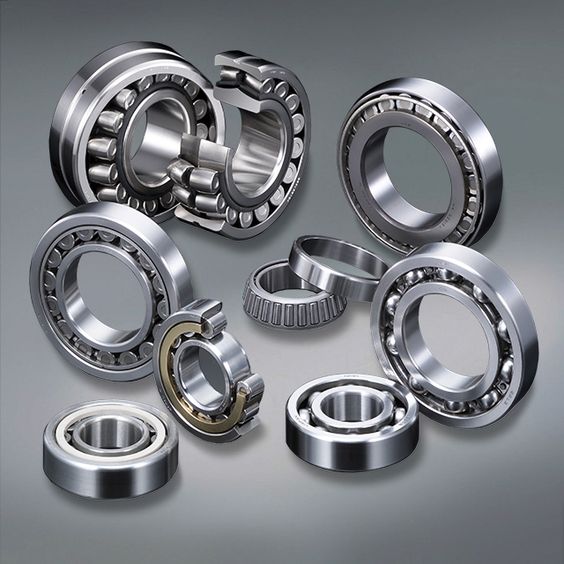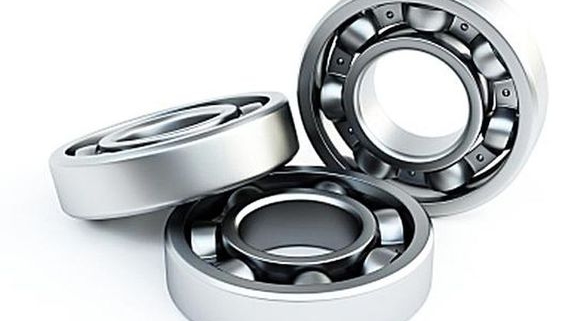Common materials for bearing oil seals
Common materials for bearing oil seals include:
- Nitrile rubber (NBR): This is a commonly used oil seal material with excellent oil resistance and wear resistance. It is suitable for most environments, but is not resistant to high temperatures.
- Fluorine rubber (FKM): This is another commonly used oil seal material. Its resistance to high temperatures and chemical media is superior, but the cost is slightly higher and needs to be selected according to specific needs.
- Acrylic rubber (ACM): Acrylic rubber has good resistance to high temperatures and chemical media, is light in weight, and has low cost, but its oil resistance is slightly poor.
- Silicone rubber (VMQ): Silicone rubber has excellent high temperature resistance, ozone resistance, UV resistance and oil resistance, but its hardness is low and its wear resistance is poor.
- Polytetrafluoroethylene (PTFE): Polytetrafluoroethylene is a material with excellent corrosion resistance. It is not widely used in oil seals, but in some special occasions, such as those containing corrosive media such as strong acid and strong alkali. Under certain conditions, oil seals made of polytetrafluoroethylene will be used.
In addition, bearing seals and dust covers are made of a variety of materials. The dust cover is generally made of cold-rolled electroplated tin steel plate, and the sealing ring is often made of nitrile rubber or fluorine rubber. Specific applications require the selection of appropriate materials based on factors such as the working environment and operating temperature.

Methods to judge the material quality of bearing seal rings:
- Observe the surface: First observe the surface of the sealing ring. It should be smooth and delicate, without obvious impurities and defects. A defective seal may affect its sealing performance and service life.
- Smell: If the sealing ring emits an odor, there may be a quality problem. A good seal should have no pungent smell.
- Measurement dimensions: Measure according to the standard dimensions provided by the manufacturer. If the seal size is not within specification, it may result in bearing leakage or damage.
- Use tools: Use appropriate tools to shear, compress, stretch, etc. the sealing ring to observe its elasticity and stretchability. A good sealing ring should have good elasticity and stretchability and can withstand a certain amount of external force and pressure.
- Check the performance of the sealing ring: Put the sealing ring into a high temperature and high pressure environment for testing. If the sealing ring can maintain stable performance and sealing effect, it means that its quality is excellent.
The above steps will help you accurately judge the quality of the bearing seal ring material. Choosing good quality sealing rings can ensure the normal operation of the bearing and extend its service life.



